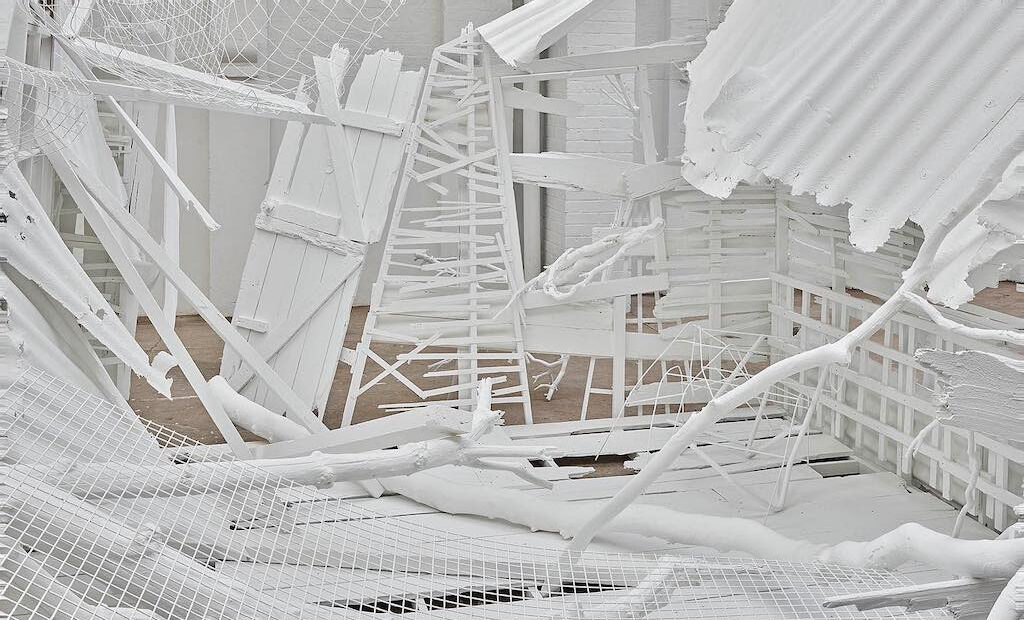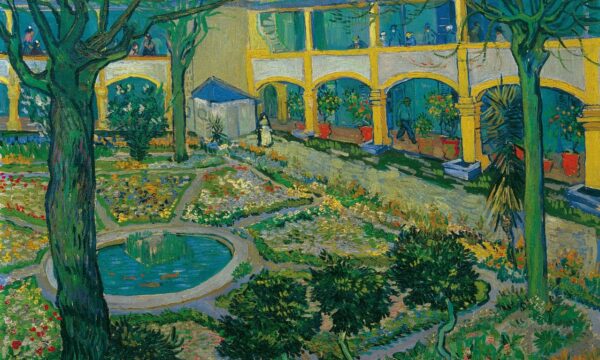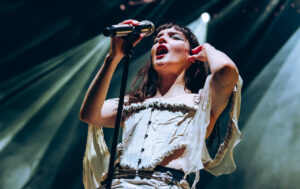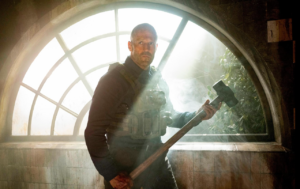Rachel Whiteread: Internal Objects at Gagosian

The generation of artists to emerge at the tail end of the 80s in the UK, dubbed the Young British Artists by the press, gained a reputation for their provocative, publicity savvy approach, thanks in no small measure to high-profile figures such as Damien Hirst and Tracey Emin. One artist tends to be bracketed in this group and yet stands very much apart in the sensitivity and quiet reflectiveness that has long characterised her working practice: Rachel Whiteread, who received a damehood in the 2019 new year’s honours list, has been a lauded sculptor for some three decades. She was (and remains) the youngest ever winner of the Turner Prize in the competition’s 37-year history, and the first ever woman victor, collecting the award in 1993, aged 30.
Whiteread, an Ilford-born artist, has long been known for her work with found objects. Pivotal pieces like Untitled (One Hundred Spaces) (1997), a series of casts of the space delineated by chairs, and her Judenplatz Holocaust Memorial in Vienna (2000) share an emotional resonance alluding to hidden narratives and the vestiges of human presence. Arguably, no single work bears out these qualities better than House (1993), fated to be forever the sculptor’s seminal piece. At Grove Road, an East End street devastated by the Blitz, she made a cast of the space inside a terrace house. At first condemned, by the time of its council-enforced demolition 80 days later, there had been petitions for the work’s preservation.
Fast forward to the present and one finds the artist adopting a new creative vocabulary in her Gagosian Grosvenor Hill exhibition, Internal Objects. Whiteread has offered insight into her intentions for the current show, stating: “As an artist you create a language, you create depth to a language, you change the language.” Here, instead of casting from pre-existing forms, she chooses to build structures from scratch, utilising discarded materials. Poltergeist (2020) and Döppelganger (2020-21) are both cabin-like, constructed out of wood and metal components – including chicken wire and corrugated iron – joined together and overpainted in a unifying white household paint. Each has been allocated a separate room of the Grosvenor Hill Gallery and both dominate those spaces. They possess an unsettling quality, resembling buildings ripped asunder by an explosion or extreme weather event.
It transpires that both of these central works were informed by Whiteread’s love of Steinbeck novels and the affinity she feels for deserts, after visiting the Mojave Desert and Death Valley in California. In recent times she’s being producing what she calls “shy sculptures” for these isolated locations – some are cast cabins – with the journeys involved in seeing them an essential ingredient. The first three months of lockdown last year saw the artist and her family seek refuge in their Wales property, in relative seclusion. There, she drew and gathered many of the materials for the two hut-like forms at Gagosian. That feeling for the remote has fed into Poltergeist and Döppelganger. Poltergeist (surely a reference to Ghost, Whiteread’s 1990 cast of a room in Archway) has a haunting presence befitting its name. The two “derelict” works might also be read as visual metaphors for nature imposing its will over humanity: invasive branches seemingly piercing windows, one roof caved in. These ramshackle, open structures in their whiteness also resemble skeletal remains, bleached by the sun. The implication of human civilisation laid to waste by forces beyond its control is starkly redolent of the Covid pandemic – and what is a shed or hut but an emblem of social isolation?
Whiteread is often categorised as a minimalist, and her casts and drawings on the walls at the Gagosian, produced over the last five years, can be said to possess a certain austere subtlety. One finds her playing games with the viewer: in the opening gallery, Untitled (Pink Relief), Untitled (Yellow Relief) and Untitled (Pink and Yellow Relief) all appear to be flattened cardboard boxes, only for them to be revealed as painted bronze casts. The artist deploys similar trompe l’oeil trickery in the second room with Untitled (2018) convincing as concrete, and Untitled (Night Drawing) (2018) apparently tarmac. In reality, both turn out to be papier-mȃché. A pink resin and steel piece, Untitled (Pinboard) (2019) is a cast of a bulletin board with the cabinet doors cast in the negative, blank pieces of paper visibly pinned to the noticeboard.
Internal Objects on the face of it represents a significant departure for Rachel Whiteread: Poltergeist and Döppelganger are a decisive break from those years of casting the spaces around things. And yet that obsession of hers for forcing one to re-examine the mundane and the overlooked remains an undiminished driving force. In a year when the world has been thrown into turmoil, the artist continues to memorialise the ordinary, whilst managing to capture something of this period of uncertainty.
James White
Photo: Prudence Cuming Associates
Rachel Whiteread: Internal Objects is at Gagosian from 12th April until 6th June 2021 by appointment only. For further information visit the exhibition’s website here.





















Facebook
Twitter
Instagram
YouTube
RSS